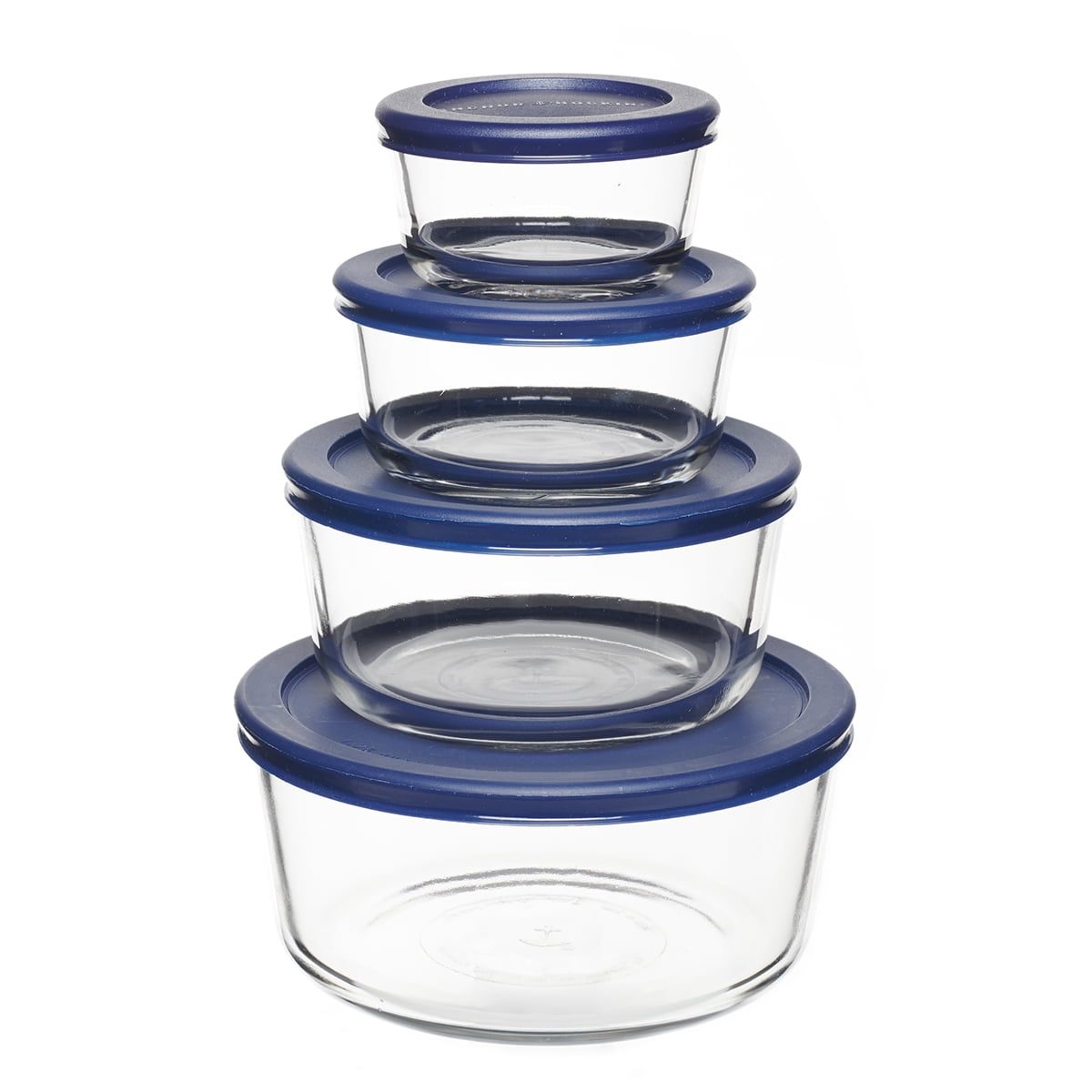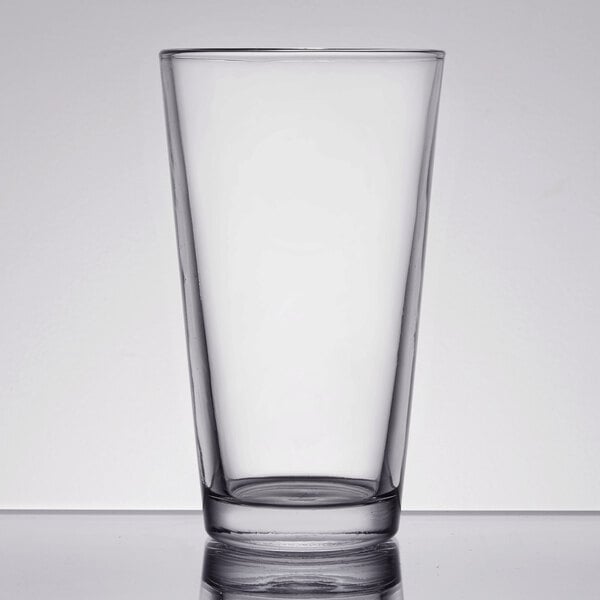
Anchor Hocking 8 Piece Clear Glass Food Storage Set- 1/2/4/7 (Total 14 Cup Capacity) Cups Round Food Storage - Walmart.com

Anchor Hocking Bake and Store Glass Set (16 piece, navy BPA-free lids, tempered tough, dishwasher safe)

Fox Run Brands Anchor Hocking 77898 Measuring Cup Batter Bowl with Spout, Glass, 8-Cup & Reviews | Wayfair














